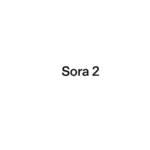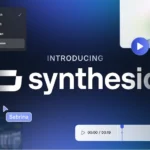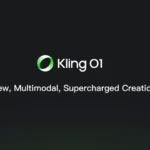The world of AI video generation has just taken a massive leap forward with Google Veo 3, also known as Google’s Veo 3 AI video generator. Launched in May 2025, Veo 3 has quickly become one of the most talked-about tools in the creative AI space. With its ability to generate ultra-realistic visuals, synchronized audio, and cinematic-level storytelling, many are calling it the new gold standard in AI filmmaking.
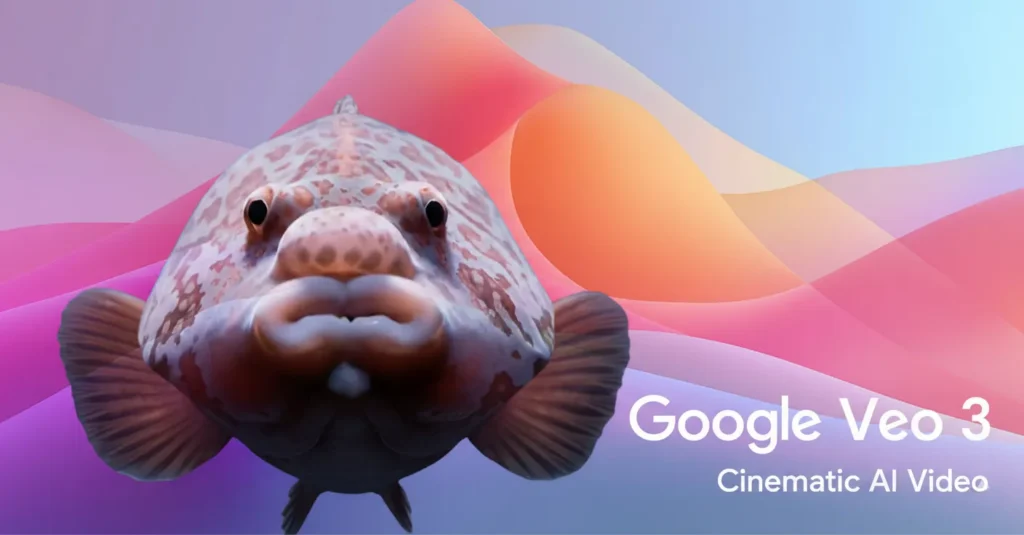
But here’s the catch: while Veo 3 AI is impressive, its pricing, complexity, and API-driven workflow make it less accessible for the average creator, student, or small business. That’s why many are now looking at alternatives like Gaga AI—a powerful, user-friendly, and cost-effective solution designed for creators rather than just enterprise developers.
In this guide, we’ll cover everything you need to know about Google Veo 3, from its features and pricing to how it compares with competitors like OpenAI’s Sora 2 and Gaga AI.
Table of Contents
What is Google Veo 3 AI? The New Standard in Video Generation
Google Veo 3, developed by Google DeepMind, is the company’s latest AI video generator and a major step forward in AI-powered media creation. Unlike previous models that only generated silent, short video clips, Veo 3 AI combines cutting-edge visual realism with synchronized audio—from dialogue to ambient sounds and background music.
Key milestones:
- Released: May 2025 (with Gemini integration).
- Developed by: Google DeepMind & Gemini AI team.
- Core advancement: The first Google model capable of generating high-fidelity video + audio directly from text or multimodal prompts.
In short, Google’s Veo 3 AI video generator is designed for professional-grade video production and enterprise-level use cases.
Veo 3 Key Features Breakdown
Here’s what makes Veo 3 Google AI stand out:
Native Audio Generation
- Creates synchronized dialogue, sound effects, ambient noise, and even background music.
- No need for separate dubbing or editing software.
Enhanced Realism and Physics
- More lifelike character movements and accurate simulations.
- Dynamic lighting, reflections, and smoother motion compared to Veo 2.
Flexible Aspect Ratios
- Supports 16:9 widescreen for cinematic use and 9:16 vertical video for TikTok, Instagram Reels, and Shorts.
Veo 3 Fast vs. Standard
- Veo 3 Standard: Highest fidelity, longer render times, higher cost.
- Veo 3 Fast: Lower cost per second ($0.15/sec), designed for faster turnarounds but with slightly reduced visual fidelity.
Google Veo 2 vs. Veo 3: The Upgrade Explained
| Feature | Veo 2 | Veo 3 |
| Audio | Silent output | Native synchronized audio (dialogue, SFX, music) |
| Video Length | ∼4–8 sec clips | Up to 60 sec continuous clips |
| Visual Quality | Good, but stiff motion | More lifelike, physics-accurate, potential 4K |
| Prompting | Text-only | Multimodal (text, images, video refs) |
| Cinematic Control | Basic | Advanced: dolly, crane, orbit, lens effects |
| Editing | None | Masked edits & inpainting |
| Best For | Style testing, ambient loops | Ads, narrative videos, professional content |
The jump from Veo 2 to Veo 3 AI turns it from an experimental showcase into a genuine production-ready creative tool.
Veo 3 Prompt Writing Basics
To maximize results, Google recommends treating your prompt like a director’s script. Here’s the 8-Part Prompt Blueprint:
1. Subject – Define your main character/object clearly.
2. Action – Be specific about motion.
3. Setting/Context – Where & when it happens.
4. Style – Photorealistic, Pixar-style, neo-noir, etc.
5. Camera Shot – Wide, close-up, extreme close-up.
6. Camera Movement – Dolly, orbit, tracking, whip pan.
7. Lighting/Mood – Set tone: soft daylight, dramatic shadows.
8. Audio Cue – Dialogue, sound effects, or background score.
| Component | Description | Example Keywords |
| 1. Subject | Who or what is the main focus? Be highly specific. | A bearded man in a blue spacesuit; a sleek, futuristic drone; a hyper-detailed oil painting of a cat. |
| 2. Action | What is the subject doing, and how? Use active verbs. | …runs joyfully down a narrow alley; …slowly turns its head to face the camera; …a drop of water splashes on the floor. |
| 3. Setting/Context | Where and when does this happen? The environment and time of day. | …on a busy Tokyo street at night; …in an infinite, sterile white room; …a dense jungle at golden hour. |
| 4. Style | The desired visual aesthetic. Avoid vague words like “cool” or “nice.” | Realistic/Cinematic: Photorealistic, 35mm film grain, Shallow Depth of Field. Stylized: Pixar-like 3D render, Neo-noir style, Stop-motion animation. |
| 5. Camera Shot | How is the scene framed? | Wide shot, Close-up, Extreme close-up, Medium shot. |
| 6. Camera Movement | How does the camera move? If left out, the camera defaults to static or a slight zoom. | Smooth dolly-in; Slow tracking shot following the car; Aerial drone shot; Whip pan to the right. |
| 7. Lighting/Mood | The emotional tone and lighting conditions. | Warm tungsten light; Dramatic chiaroscuro lighting; Soft overcast daylight; Suspenseful, cool blue shadows. |
| 8. Audio Cue | Since Veo 3 does audio, specify what you want to hear. | Audio: Upbeat electronic music; Sound effects: Footsteps on gravel, door creaking; Dialogue: A man says: “This is it.” |
Best practices:
- Use film vocabulary (dolly-in, bokeh, chiaroscuro).
- Keep characters consistent across multi-shot prompts.
- Add negative prompts (e.g., “no subtitles, no watermarks”) to avoid artifacts.
The Cost Barrier: Google Veo 3 Price and Accessibility
One of the biggest drawbacks of Google Veo 3 is pricing.
- Standard Veo 3: ~$0.40 per second.
- Veo 3 Fast: ~$0.15 per second.
- Subscription/API tiers: Typically bundled with Google AI Pro/Ultra plans.
For a 1-minute video, costs can quickly climb into tens or hundreds of dollars, making it prohibitive for students, indie creators, or small businesses.
Questions people ask:
- Is Veo 3 free? → No, there’s no completely free tier. Some beta testers got limited access.
- Does Google Veo 3 have a free trial? → Limited, not widely available.
- How much is Google Veo 3? → Ranges from $0.15–$0.40 per second depending on speed.
This cost structure clearly targets enterprise and API developers, not the average YouTuber or marketer.
Google Veo 3 for Developers: Flow, API, and Integration
Google positions Veo 3 as part of its Gemini ecosystem, tightly integrated with Google Flow (a creative dashboard) and accessible via API.
- How to use Google Veo 3? Developers must integrate the Gemini API (Python, JS, Go).
- Flow Veo 3: A studio-like dashboard for film-style editing.
- Complexity: High learning curve, making it less friendly for casual creators.
Example (simplified Python call):
import google.generativeai as genai
model = genai.GenerativeModel(“veo-3”)
video = model.generate_video(prompt=”A man walking through a neon-lit Tokyo street at night”)
For developers, this opens powerful possibilities. But for creators who prefer no-code workflows, it’s overkill.
Gaga AI: The Best Google Veo 3 Alternative for Creators
While Google Veo 3 is one of the most advanced AI video generators on the market, it isn’t always the best fit for every creator. Its high pricing, API-driven workflow, and enterprise-first focus can make it difficult for independent filmmakers, marketers, and content creators to adopt. Fortunately, there are strong alternatives that balance power, accessibility, and affordability. Two of the best are Gaga AI and OpenAI’s Sora 2.
#1: Gaga AI
Gaga AI is designed with creators in mind, offering a more accessible and cost-effective entry point into professional AI video generation.
Why Gaga AI Stands Out vs. Google Veo 3:
- Affordable & Transparent Pricing → Lower monthly plans with more credits and a genuine free tier for new users.
- Ease of Use → No coding required; intuitive, web-based interface instead of complex API integration.
- Unique Features →
- Consistent characters across long-form videos.
- A wider style library (anime, cinematic, surreal, hyper-realistic).
- Longer video duration without exponential costs.
- Consistent characters across long-form videos.
- Creator-Focused → Built for YouTubers, educators, and marketers—not just enterprise developers.
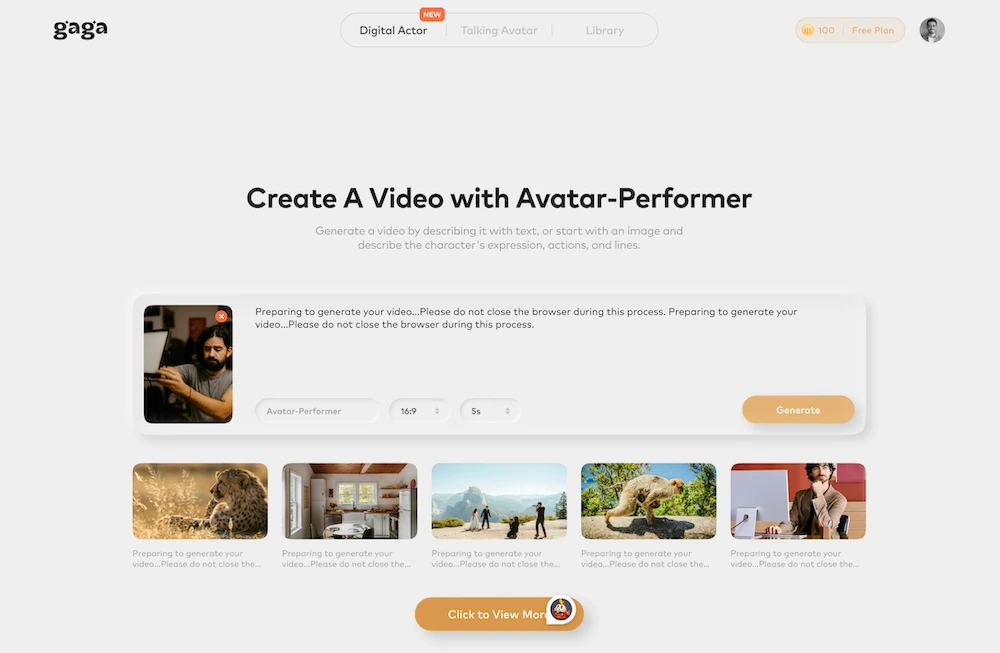
In short: If Google Veo 3 is built for corporations, Gaga AI is built for creators.
Veo 3 vs. Gaga AI: Head-to-Head
| Feature | Google Veo 3 | Gaga AI |
| Primary Focus | Enterprise, API devs | Creators, marketers, filmmakers |
| Audio Integration | Native (Dialogue, SFX) | Native + advanced audio sync |
| Pricing | $0.15–$0.40/sec | Lower monthly subscription, free tier |
| Resolution | Up to 4K | 4K-ready, longer durations |
| Learning Curve | High (API-driven) | Low (drag-and-drop interface) |
Verdict: Gaga AI is the accessible Google Veo 3 alternative—perfect for creators who value affordability and simplicity.
#2. Sora 2
OpenAI’s Sora 2 has quickly become one of the most talked-about AI video generators of 2025. While Google’s Veo 3 is geared heavily toward cinematic ad-quality output, Sora 2 is built on OpenAI’s research-first foundation—pushing the boundaries of physics realism, scene coherence, and multi-step motion understanding.
| Aspect | OpenAI Sora 2 | Google Veo 3 |
| Strength | Physics realism, complex motion | Cinematic quality, native audio |
| Video Length | ~30–60s | Up to 1+ min |
| Resolution | Up to 1080p/4K | Up to 4K |
| Audio | Native audio | Native audio |
| Best For | Sports, realism-heavy content | Ads, cinematic storytelling |
Why Creators Like Sora 2:
- Hyper-realism in motion → When you need videos where a ball bounces accurately, a person’s footsteps sync with the ground, or environmental physics look natural, Sora 2 leads.
- Complex scene dynamics → Capable of generating multiple characters, interacting objects, and continuous camera movements without collapsing coherence.
- Research-driven innovation → Backed by OpenAI’s generative research, updates to Sora 2 often focus on model generalization and stability—useful for long-term creators who need cutting-edge tools.
Takeaway: Both are strong, but Sora 2 excels in realism and physics accuracy, while Veo 3 leads in cinematic fidelity and audio quality.
FAQs about Google Veo 3
1. What is Google Veo 3?
Google’s latest AI video generator with audio integration.
2. Is Veo 3 free?
No, but limited trials have been given to beta testers.
3. How much is Google Veo 3?
$0.15–$0.40 per second depending on plan.
4. How to use Veo 3?
Through Google Flow or Gemini API.
5. Where to get Veo 3?
Available via Google AI Pro/Ultra and API access.
Final Thoughts
Google Veo 3 AI is undeniably a breakthrough—bringing cinematic realism, native audio, and professional filmmaking tools to the AI world. But with high pricing, limited accessibility, and a steep learning curve, many creators will find it out of reach.
That’s why Gaga AI is quickly becoming the go-to alternative: affordable, powerful, and designed for creators first. Whether you’re a YouTuber, marketer, or filmmaker, you can start making professional-level videos today—without worrying about Google Veo 3 pricing or coding integrations.
Try Gaga AI now for free and see why it’s the best alternative to Google Veo 3.

